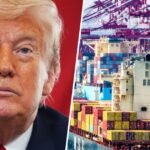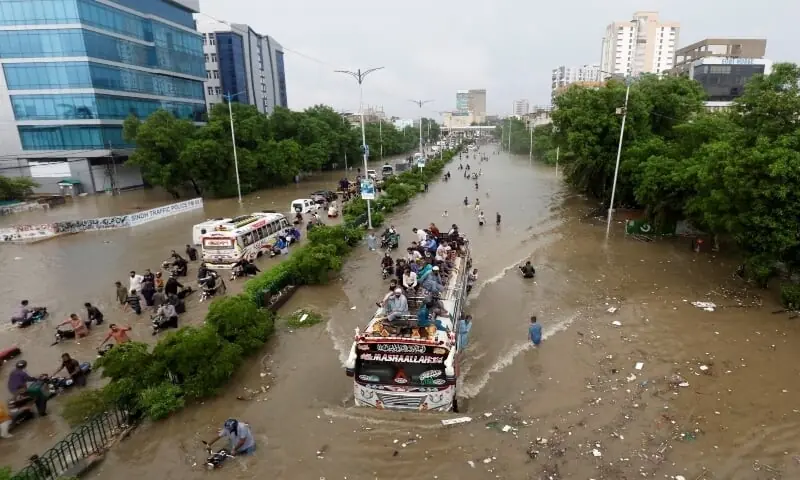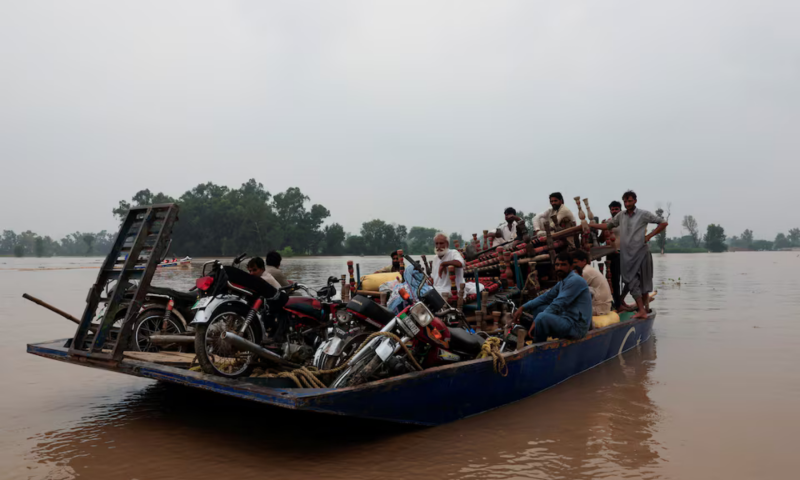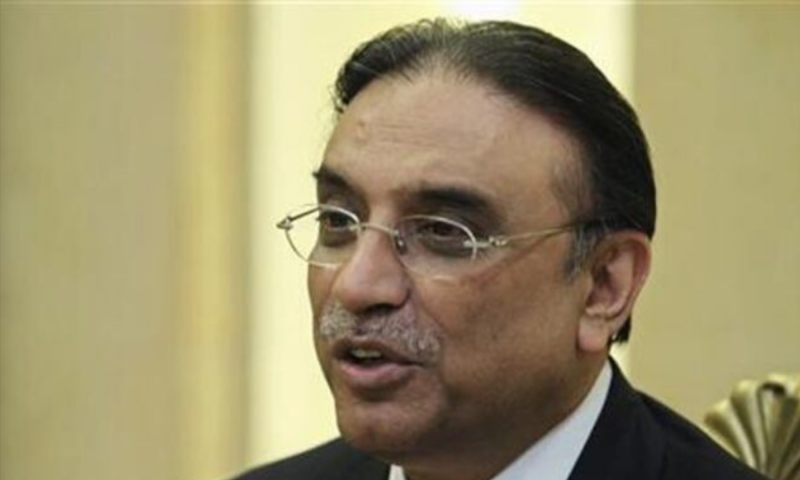In the midst of economic navigation, the recent visit of China’s Foreign Minister Wang Yi to Islamabad was more than a diplomatic commitment of routine for Pakistan, since it presented the opportunity to ensure a stronger Chinese financial and strategic support.
However, even when the country seeks external support, recent events in the home, unprecedented rains and sudden floods, have exposed the deeply rooted governance gaps, demonstrating that economic and geopolitical gains can be undermined by internal administrative failures.
The country’s management of these floods in Khyber Pakhtunkhwa and Karachi this month has stressed that it is governance problems that impose heavier costs to lives, property and infrastructure that most external shocks.
Karachi’s urban flood was not simply a drainage problem; He revealed systemic failures: bad planning, political exclusion, rooted corruption and the absence of effective administration. Citizens were stranded when the services collapsed, underlining how repeated negligence in disaster response reflects the broader economic vulnerabilities of Pakistan.
Our recent economic gains, lower inflation and an increasing stock market, masked several equally deep structural weaknesses that threaten growth. Fulfilling the objective of the GDP of 4.2 percent of the government in the current fiscal year will be difficult unless these systemic problems are addressed.
Urban floods reveal serious and systemic failures in national governance
The threat of political instability remains one of our greatest obstacles, undermining good initiatives, feeding the disturbances and eroding the confidence of investors. In this environment, long -term planning is too difficult, and structural reforms fight to take root.
The human cost of these structural weaknesses is immense. Families face uncertainty as inflation, unemployment and inappropriate public services erodes living standards. Rural communities fight with low access to health and education, while urban populations confront congested infrastructure and increase in informal settlements. Persistent poverty feeds social disturbances, creating a cycle that reinforces economic stagnation.
Addressing these challenges requires policies that are not only economically solid but also political and socially inclusive, which guarantees that growth translates into tangible improvements in daily life. Without this approach to the welfare of citizens, reforms run the risk of being abstract numbers instead of lived progress.
A concentration of privileges even more hinders the economy. The powerful groups benefit from the exemptions that cost the Treasury RS5.84 billion in the last fiscal year, more than 50pc more than the previous year, according to a Sunrise Report based on data on the economic survey of Pakistan 2024-25. These exemptions, granted in key sectors, limit resources for social services and infrastructure.
Meanwhile, almost half of the population lives in poverty, with a weak social spending and a chronic underestimation in the infrastructure that maintains the demand submitted. Emerging priorities are evident: after a military shock with India, defense spending increased 20pc to RS2.55tr even when federal budget spending was reduced by approximately 7pc.
The International Monetary Fund remains a critical, although controversial partner. Rescues come with strict reform conditions (sectors exempt from gravation, subsidy cuts and rationalization of rates) that announce successive governments but are rarely implemented. This pattern erodes credibility both at home and abroad.
Industrial production is hesitant. Large -scale manufacturing contracted 0.74 percent in the last fiscal year against a growth objective of 3.5 percent. The textile sector remains an important employer and exporter, fights under global competition, while emerging sectors like to remain too small to compensate for losses. Energy restrictions exacerbate stagnation, with a circular debt that reaches around RS2.4 billion at the end of March 2025, which causes loading of loading and the unreliable supply. Policies reversions in renewable energies have further deteriorate investment.
The Government has proposed a new industrial policy, including corporate tax cuts from 29 percent to 26pc for three years, debt restructuring for disease industries and reforms in corporate and fiscal laws. Banks are encouraged to forecast industrial anguish, but history suggests that weak implementation can affect these measures. Structural bottlenecks (low value production, complex tariffs and bad logistics) persist. Even rates cuts in the budget mainly benefit existing players, leaving small and medium -sized companies.
Fiscal pressures are severe. The debt service will only consume RS8.2TR in fiscal year 26, almost half of the total expenditure, which limits the resources for development. Inflation, after its maximum point at 38 percent in May 2023, decreased to 4.1pc in July 2025, but the goal for fiscal year 26 is 7.5pc.
Interest rate cuts from 22pc to 11pc can support growth, but misalignment between fiscal and monetary policies could rekindle inflationary pressures.
In the outgoing fiscal year, Pakistan’s savings rate is 14.1pc of GDP, with investment at 13.8pc, creating a gap that requires external financing. The projections for fiscal year 26 show savings at 14.3pc against investment at 14.7pc, which continues to leave a space to fill out external tickets. The direct foreign investment was around $ 2.5 billion in the last fiscal year, well below the potential of Pakistan and slightly above a tenth of the external financing gap.
Industrial stagnation and fiscal monetary discord reinforce each other. The industry cannot relive without affordable credit, reliable energy and support taxes, while fiscal stability depends on stronger industrial growth and competitive exports.
However, opportunities remain. The information technology sector, although small, is expanding by two digits, with a global outsourcing demand that offers potential for employment creation and currency gains.
Agriculture, if modernized with technology and added value, could provide income from export and food security. The renewable energy, despite the reversals of policies, remains viable given the fall of global costs and the natural endowment of Pakistan of the Sun and the wind.
The path to follow requires politically difficult but economically essential reforms. A progressive tax system, simpler import tariffs, change rates determined by the market and efficient public spending could restore credibility and attract investment.
More importantly, Pakistan needs a long -term economic letter that includes debt restructuring, predictable taxes, salaries linked to productivity, transparent public projects, provincial performance points and investment in human capital.
Published in Dawn, The Business and Finance Weekly, August 25, 2025








